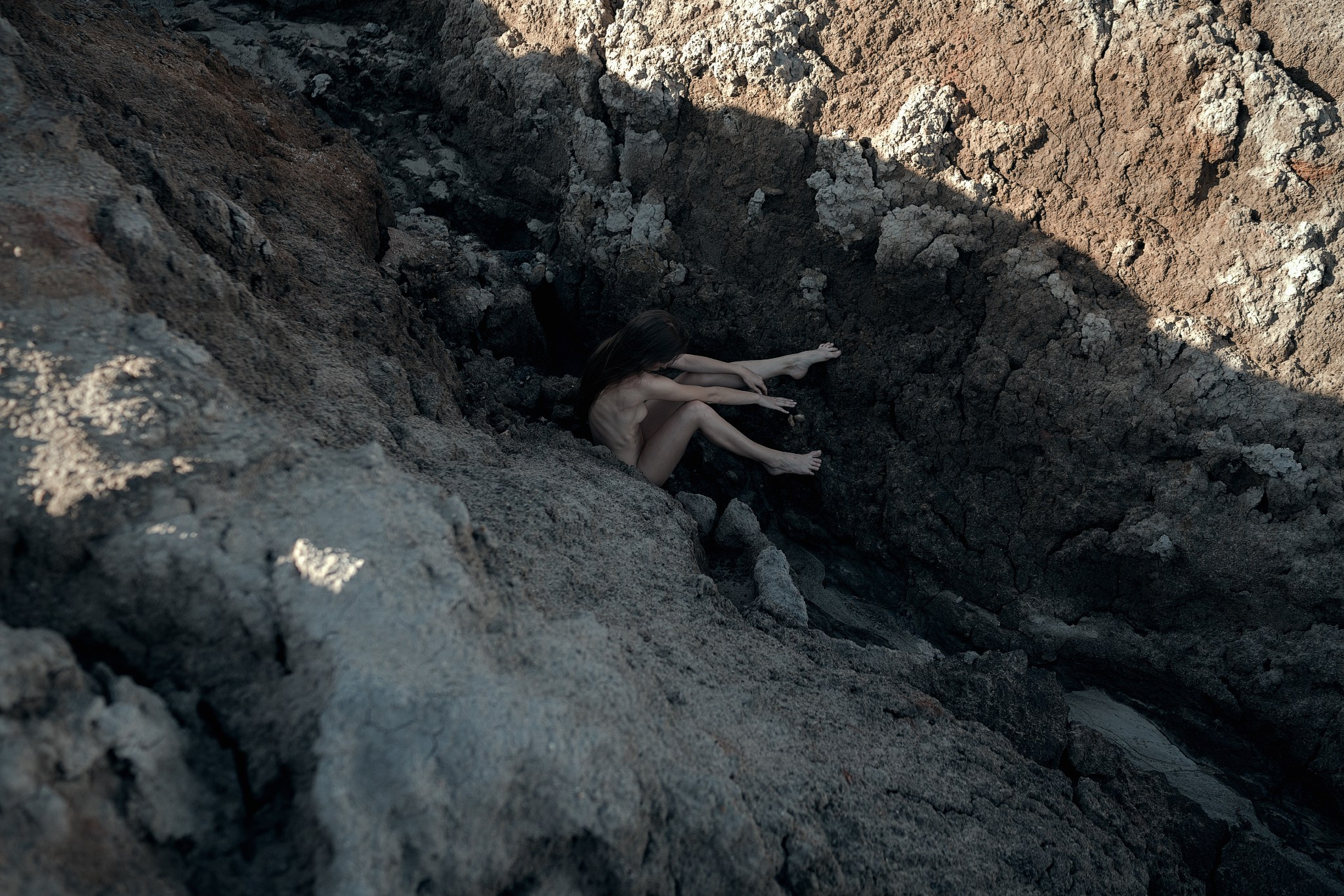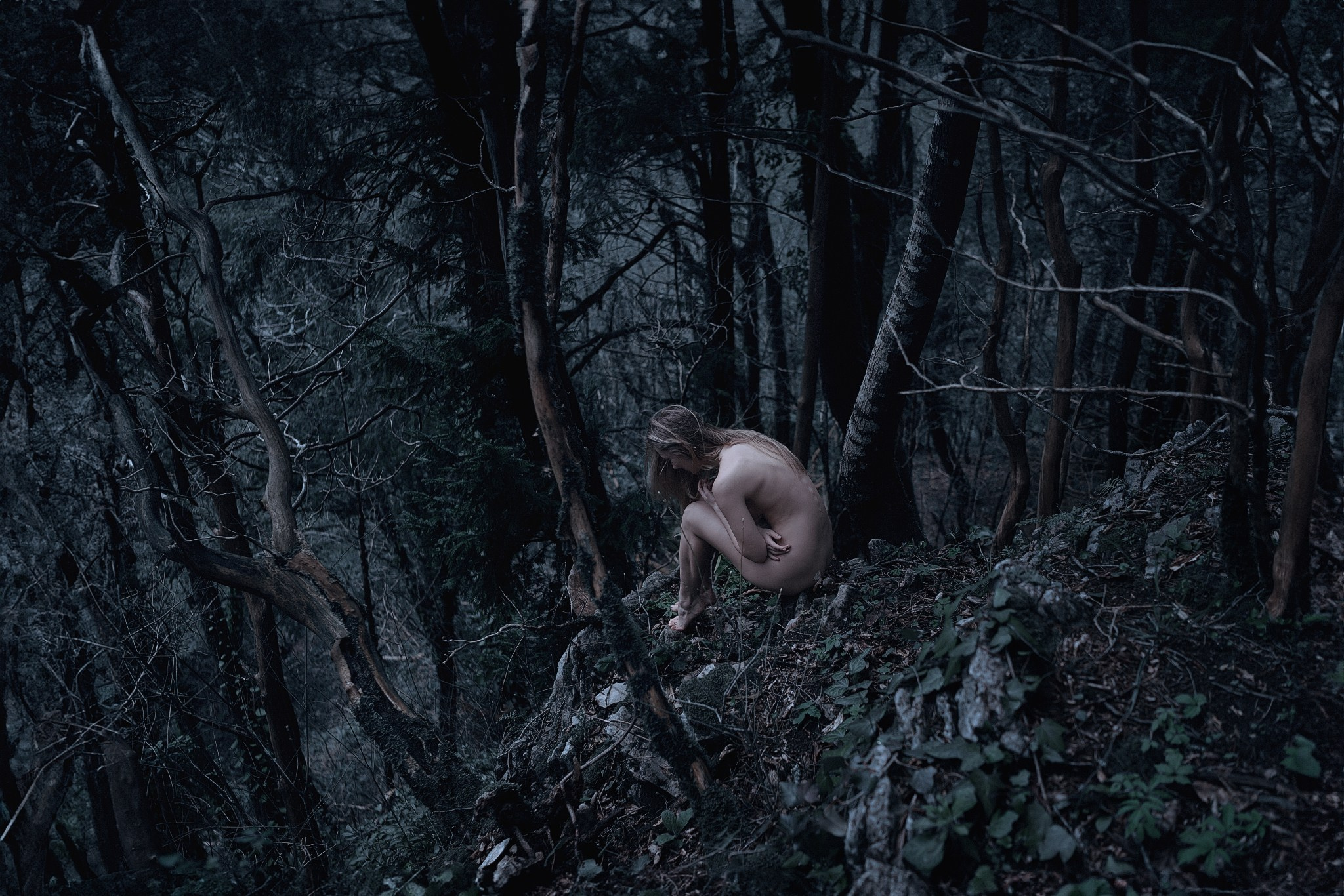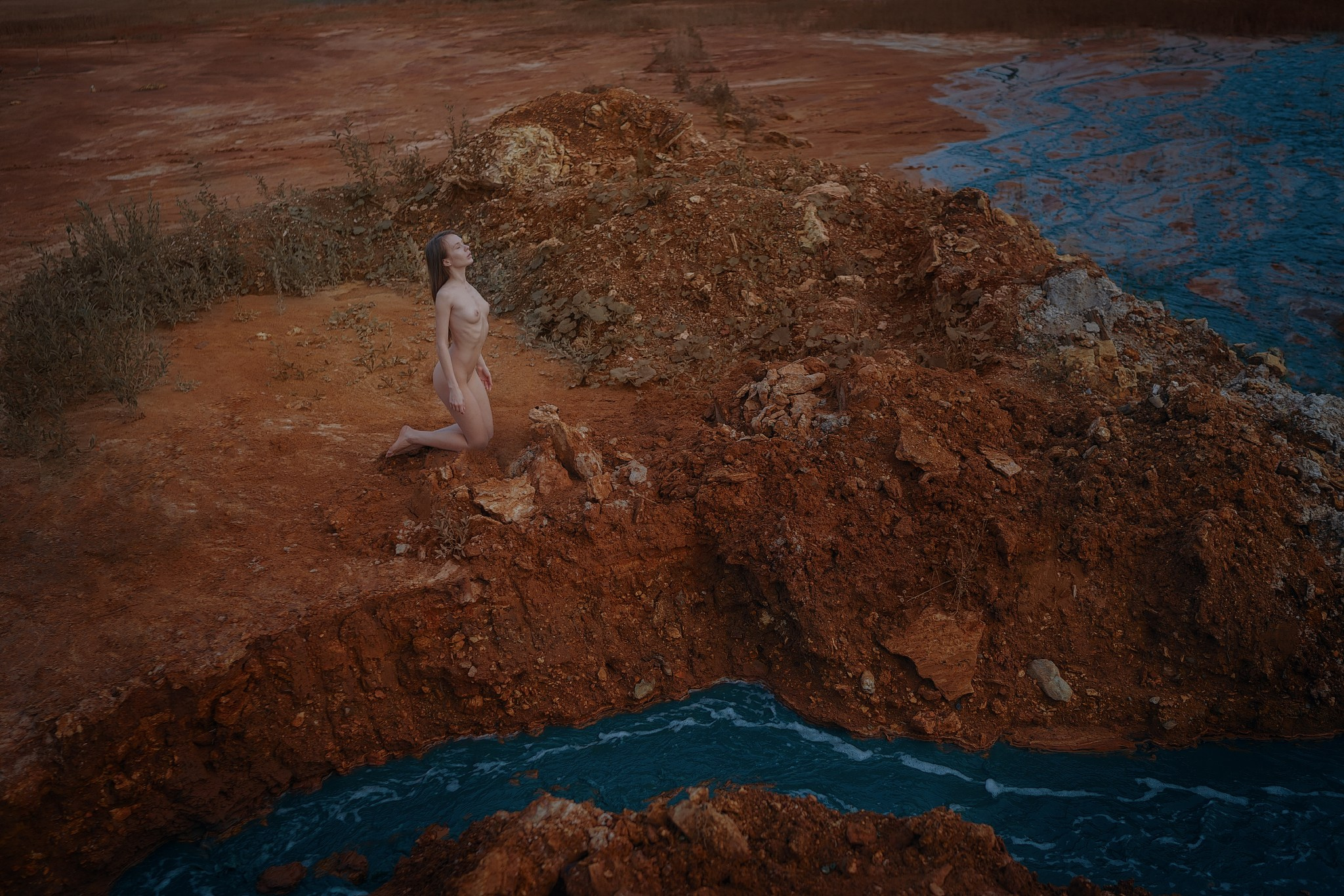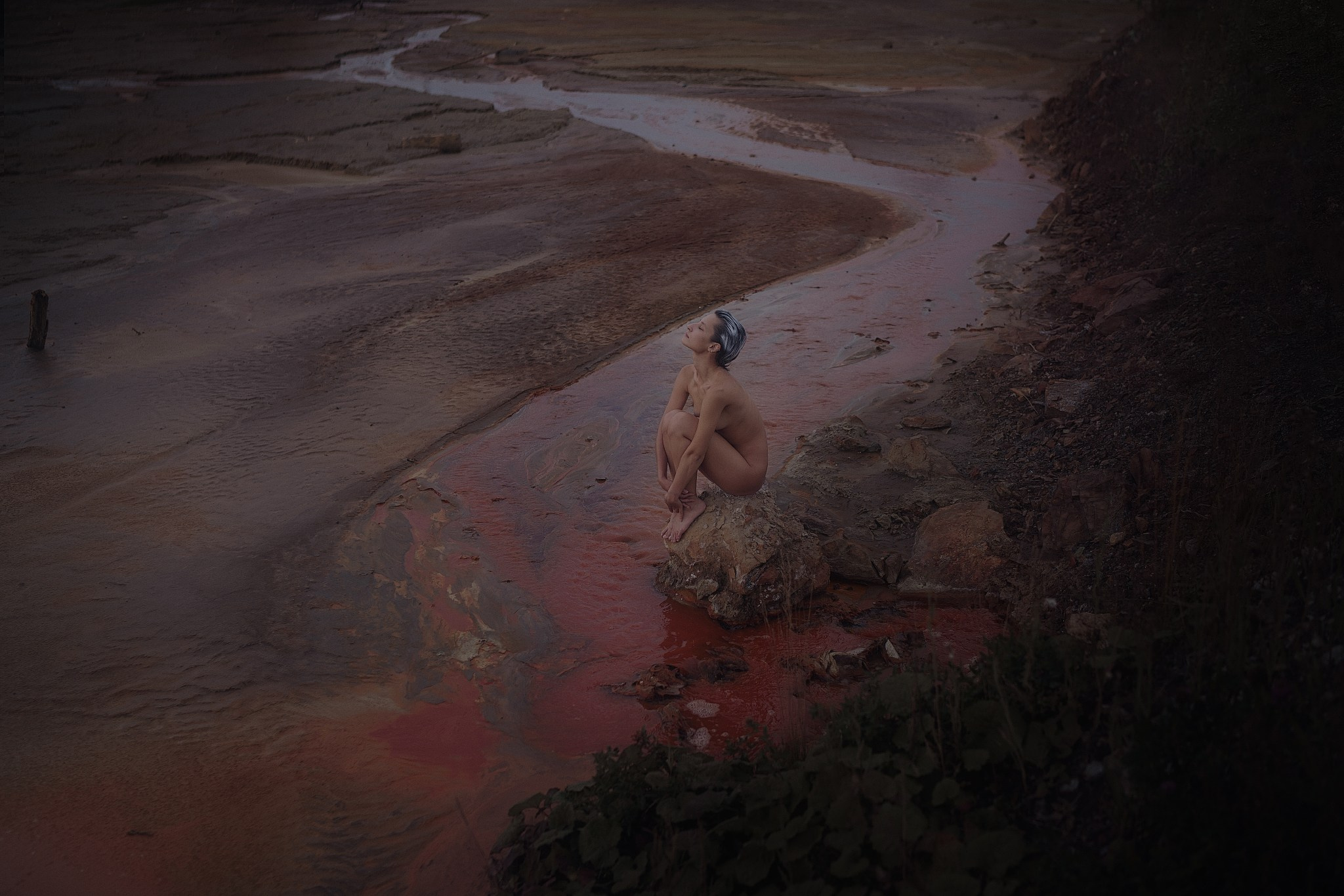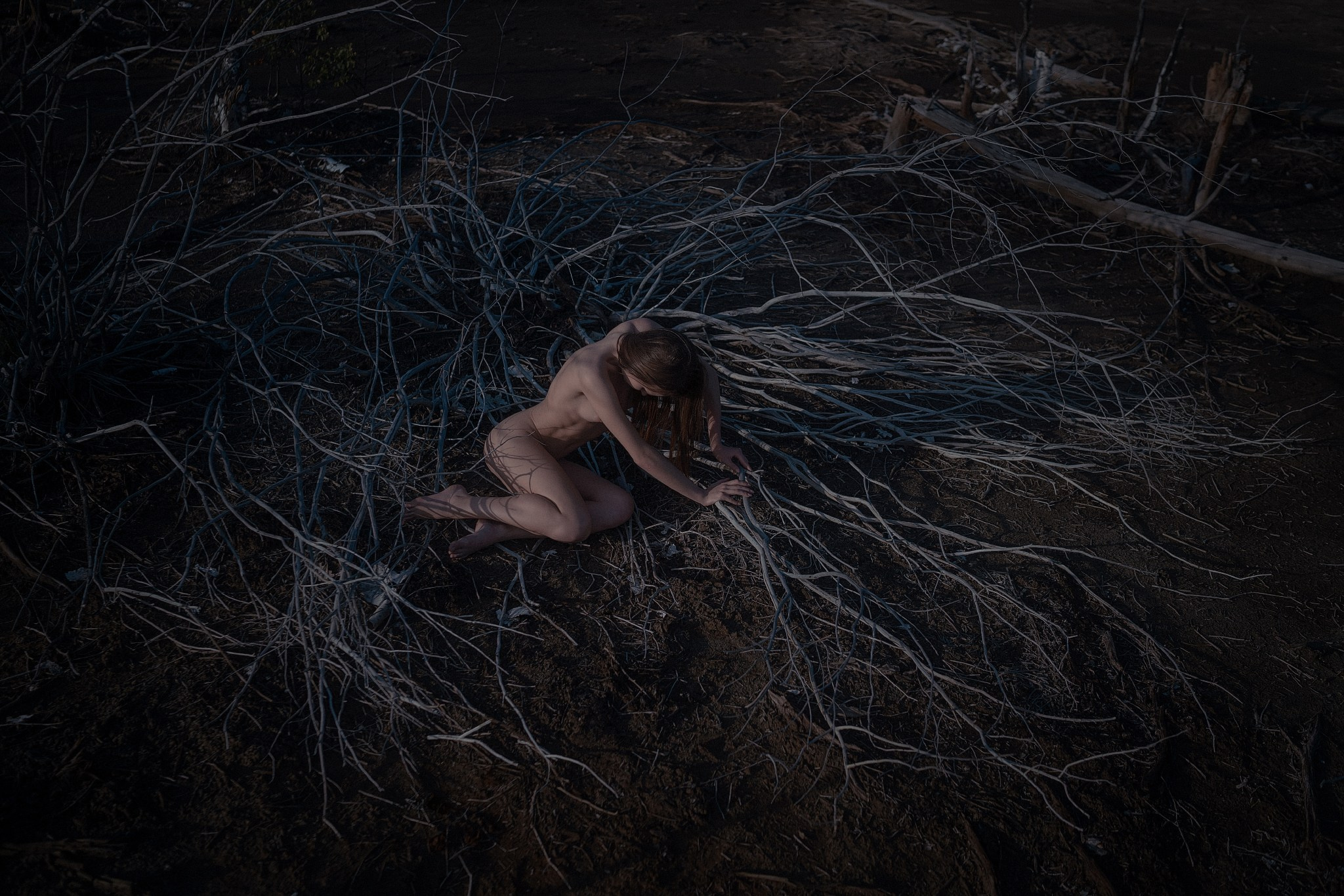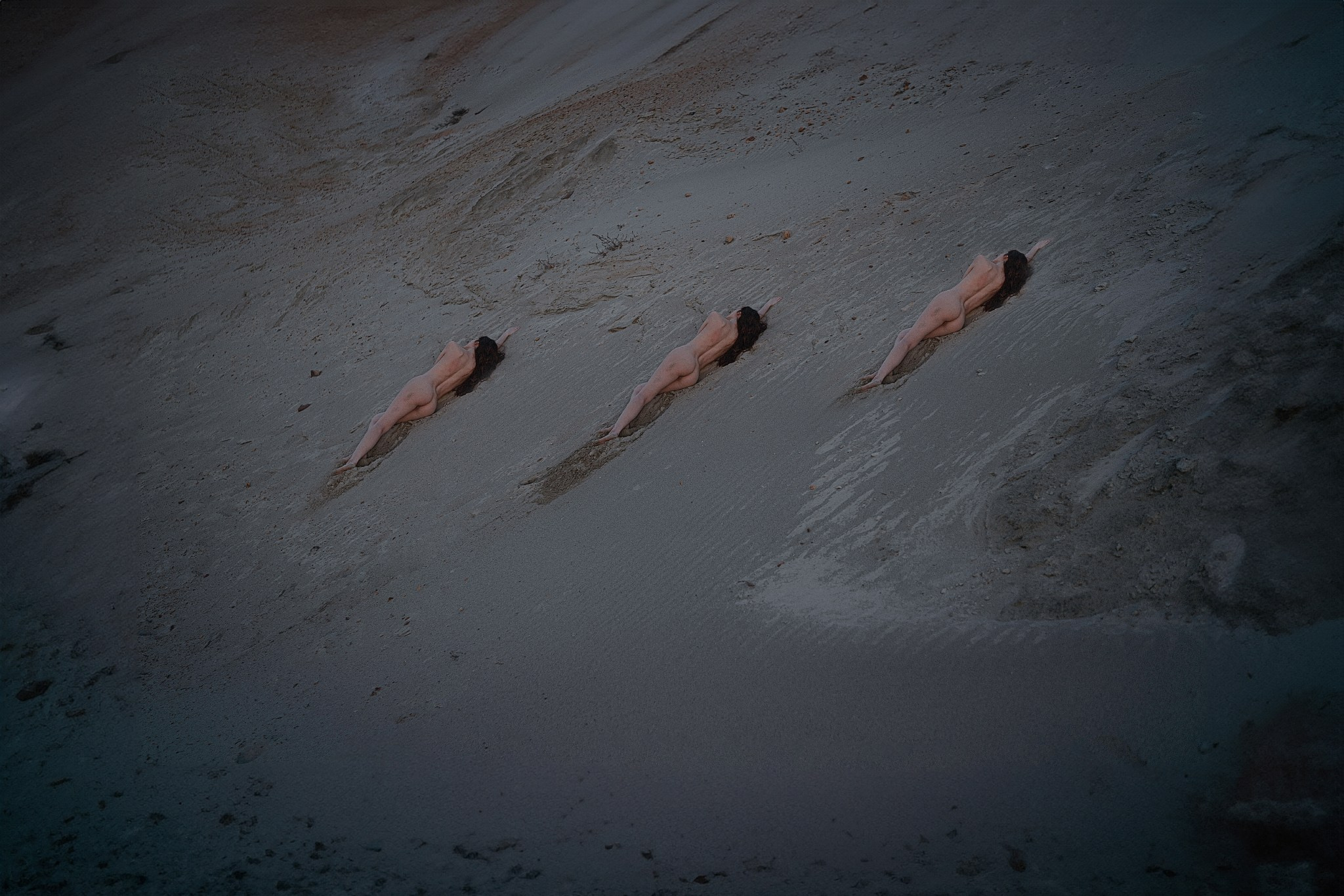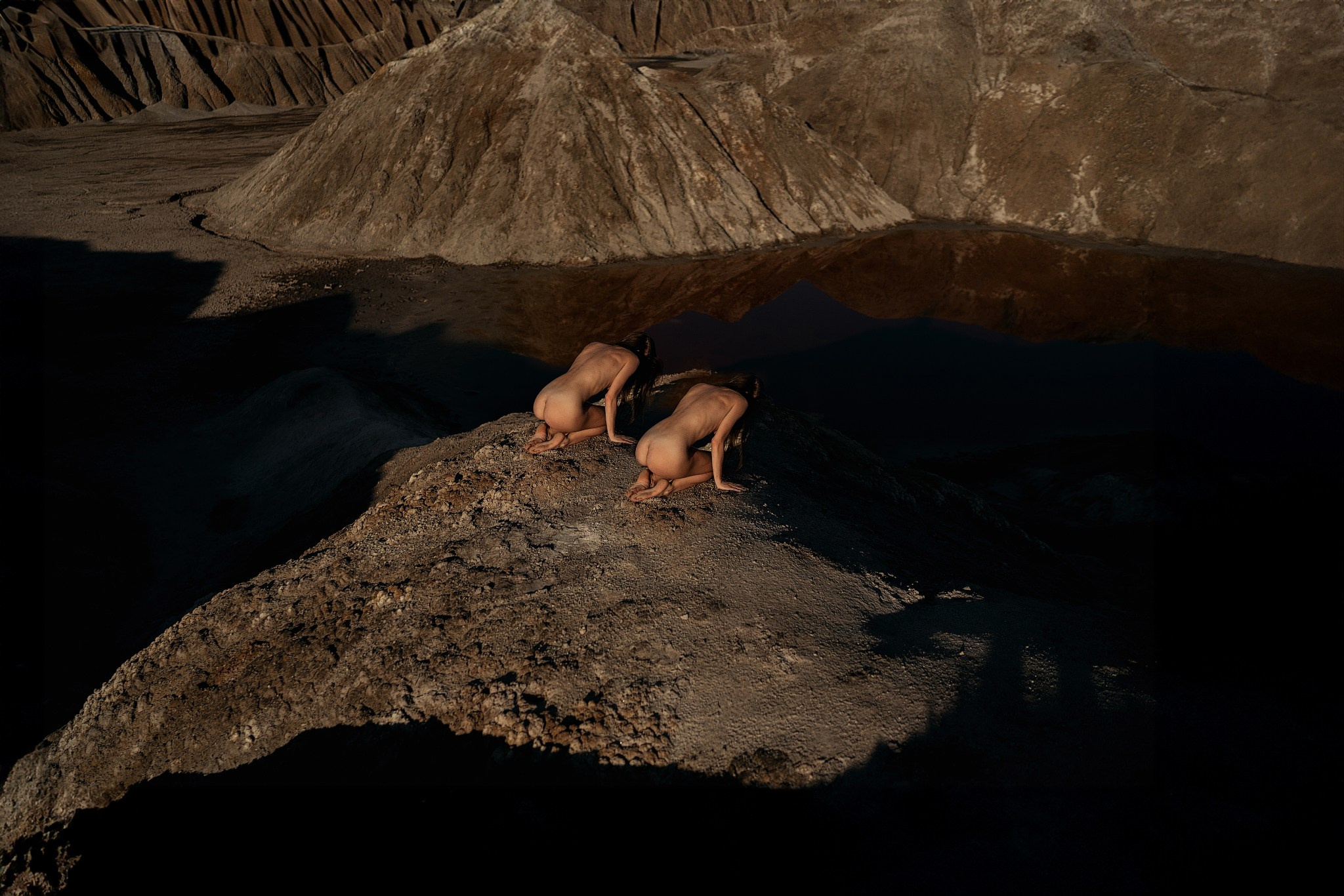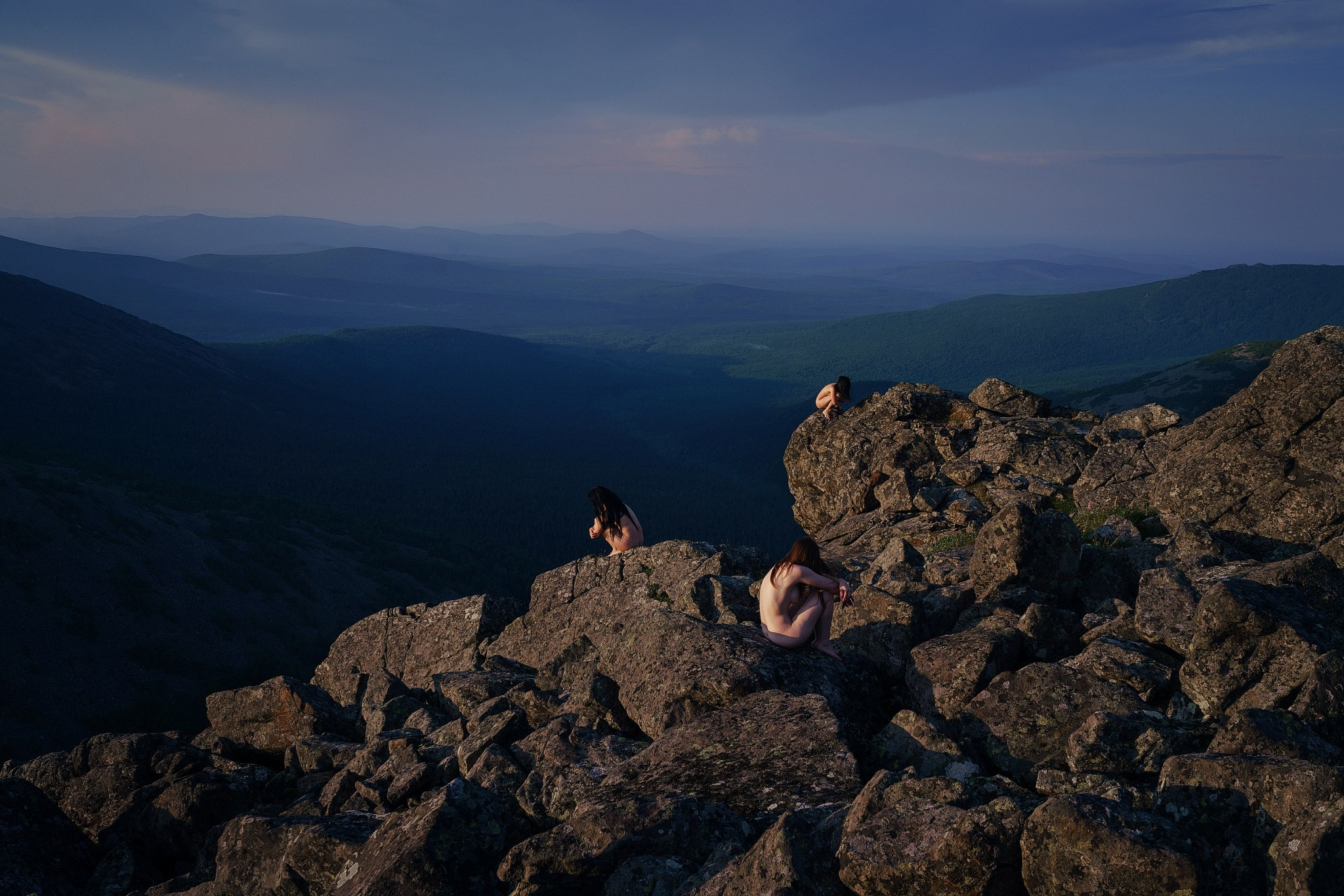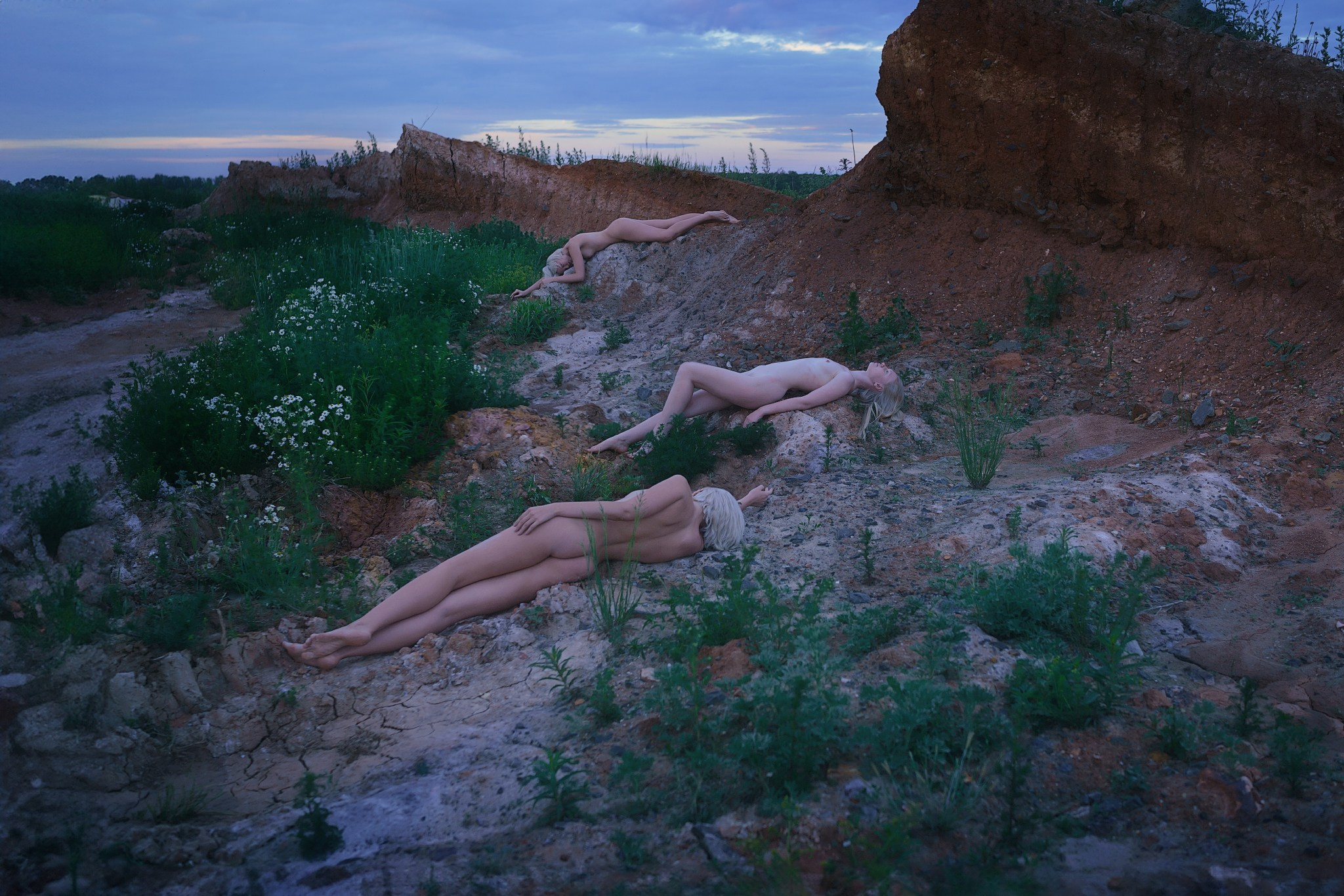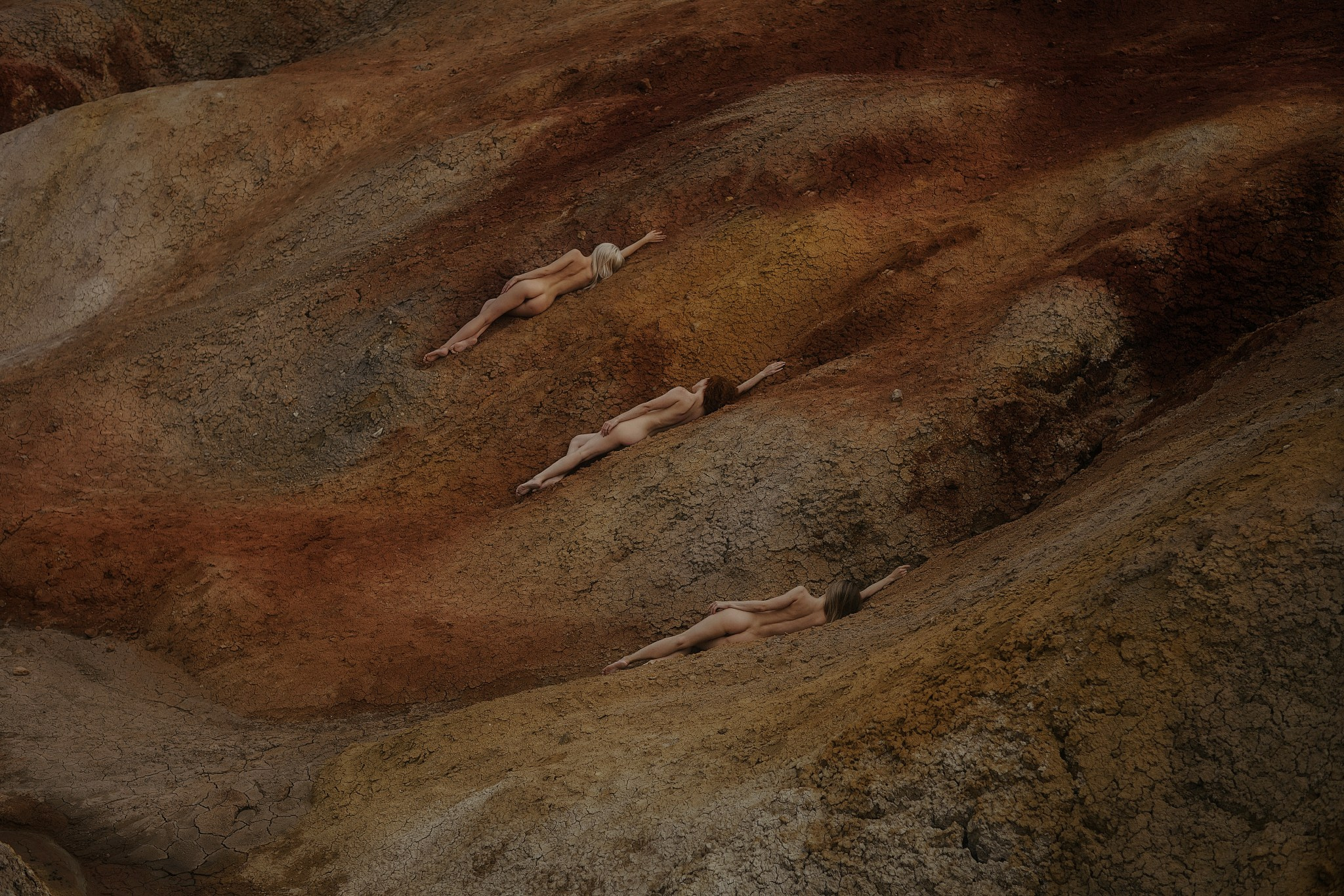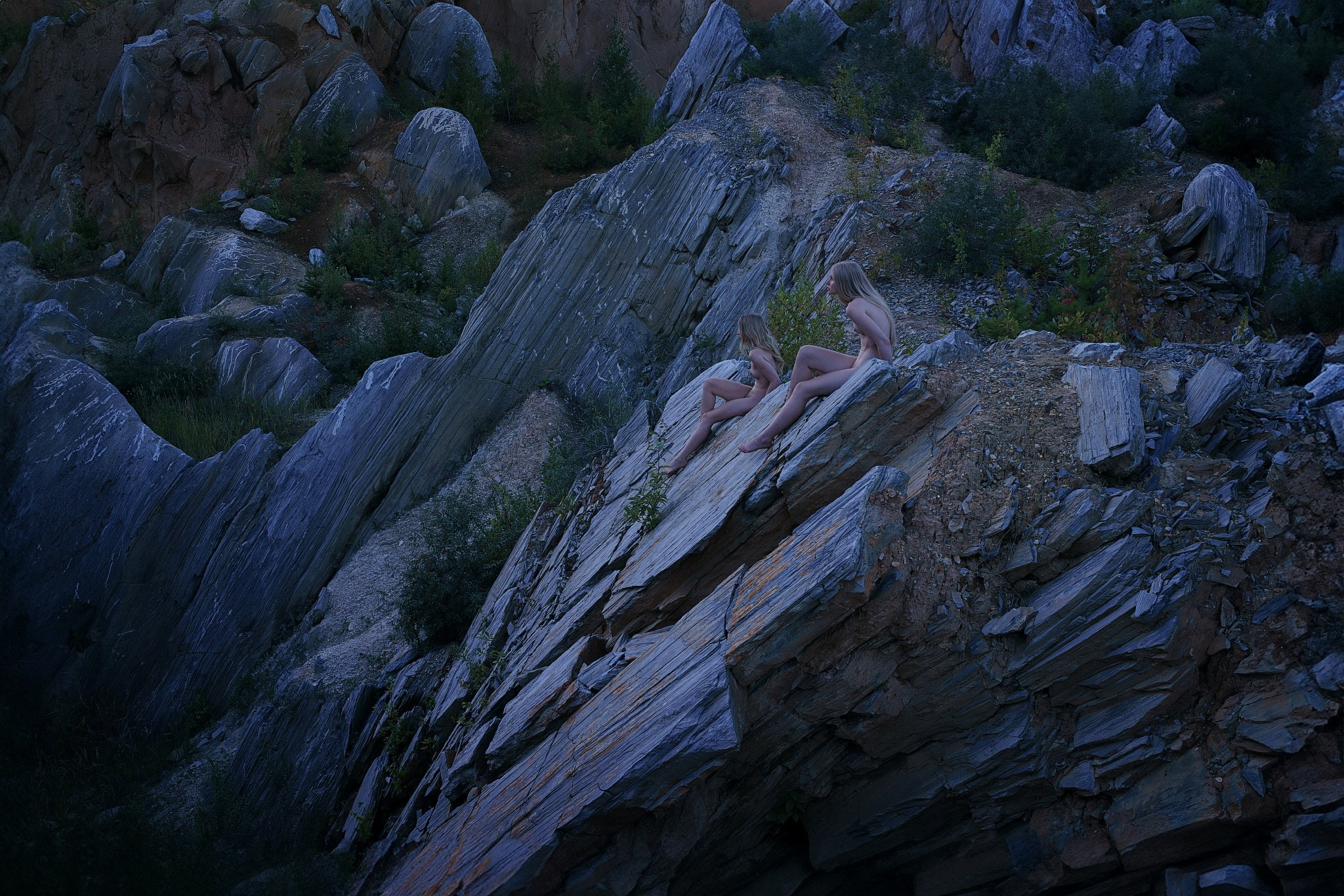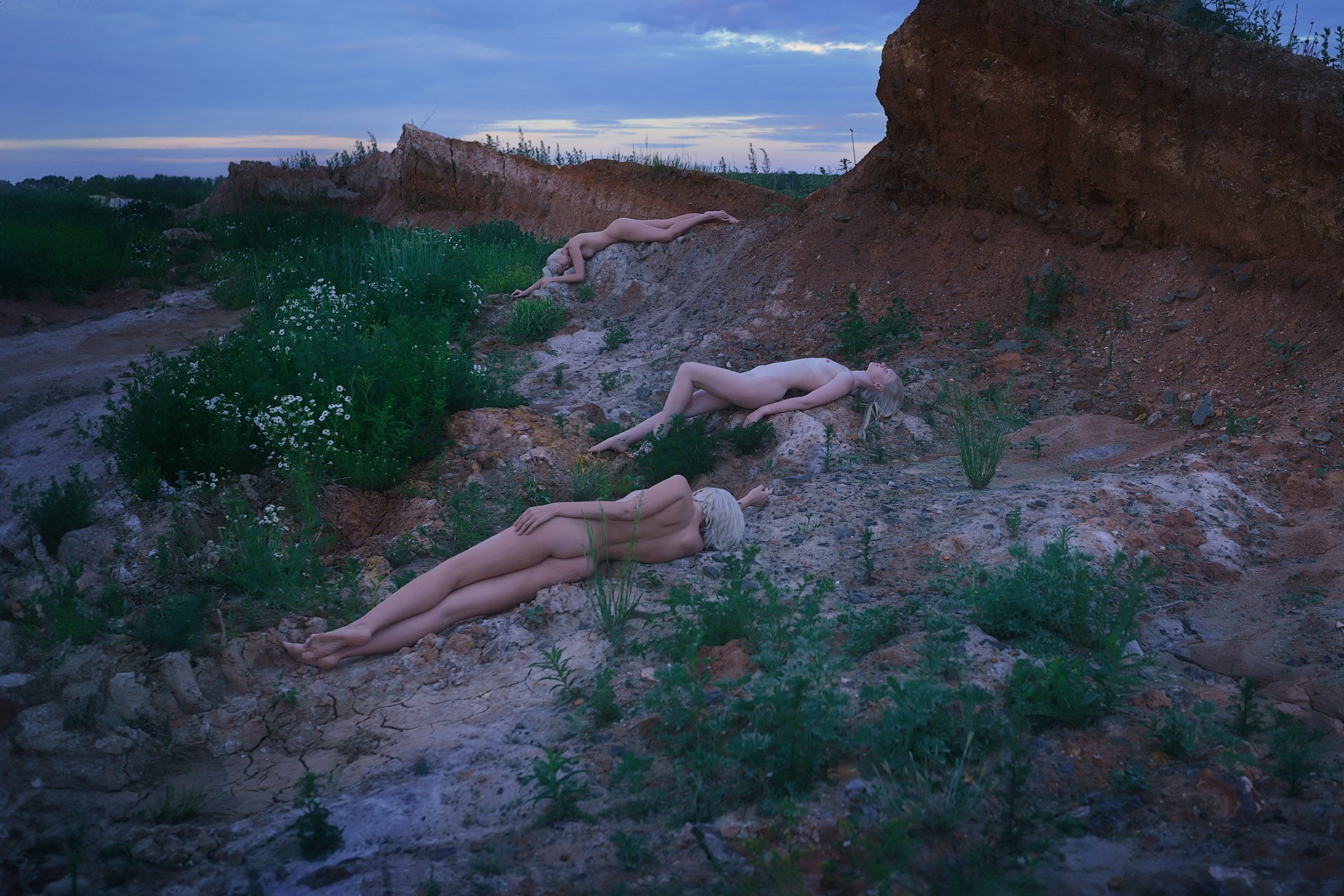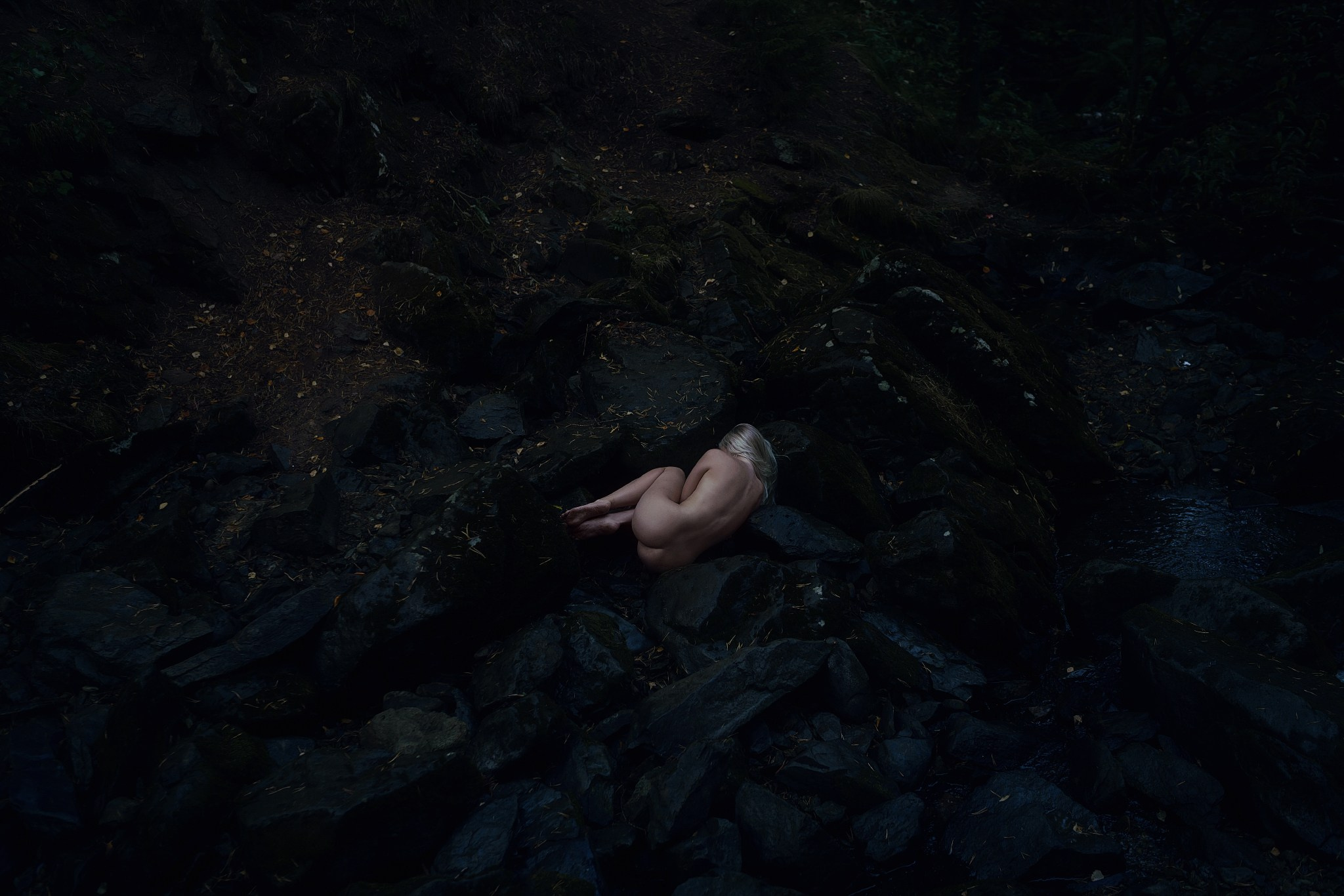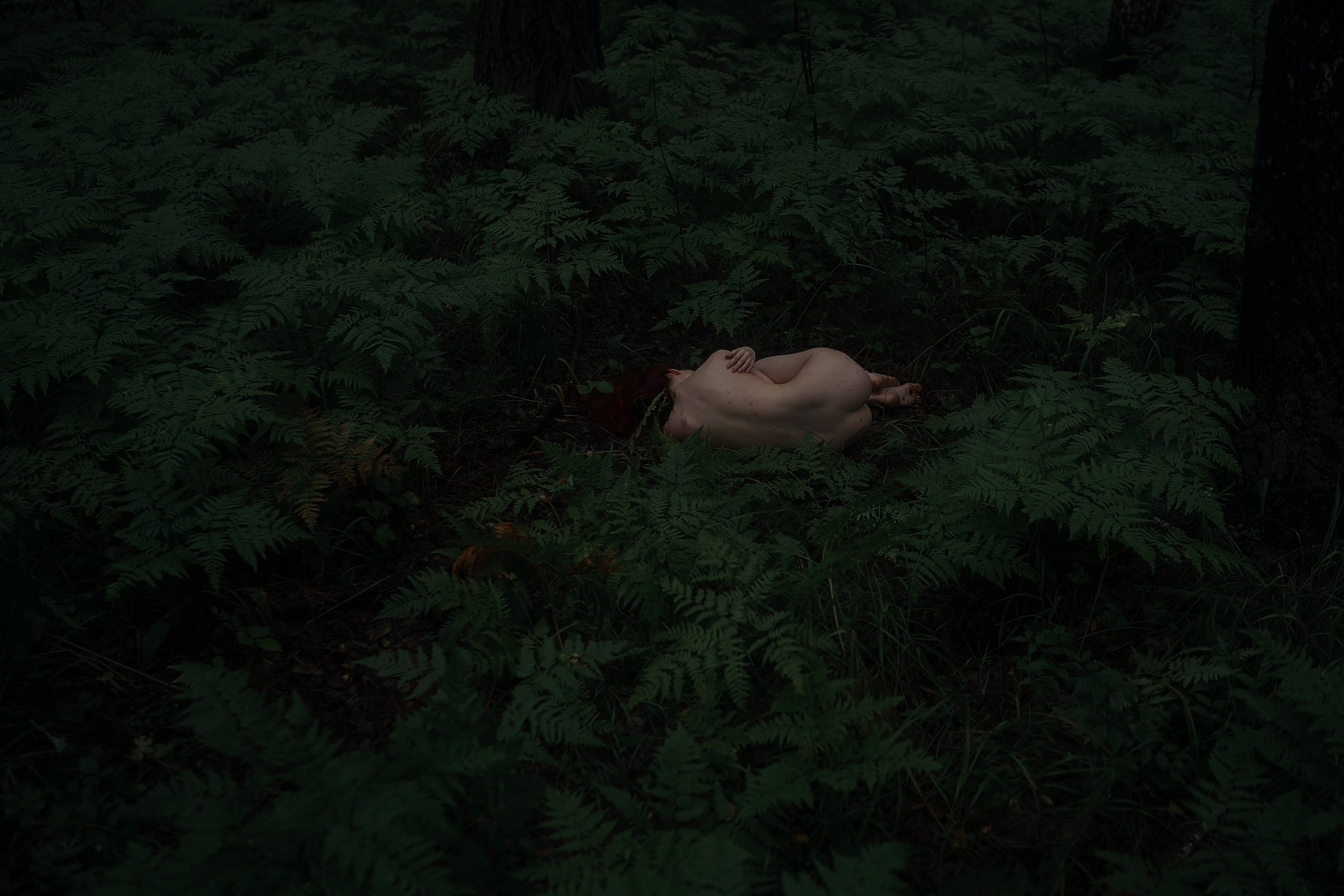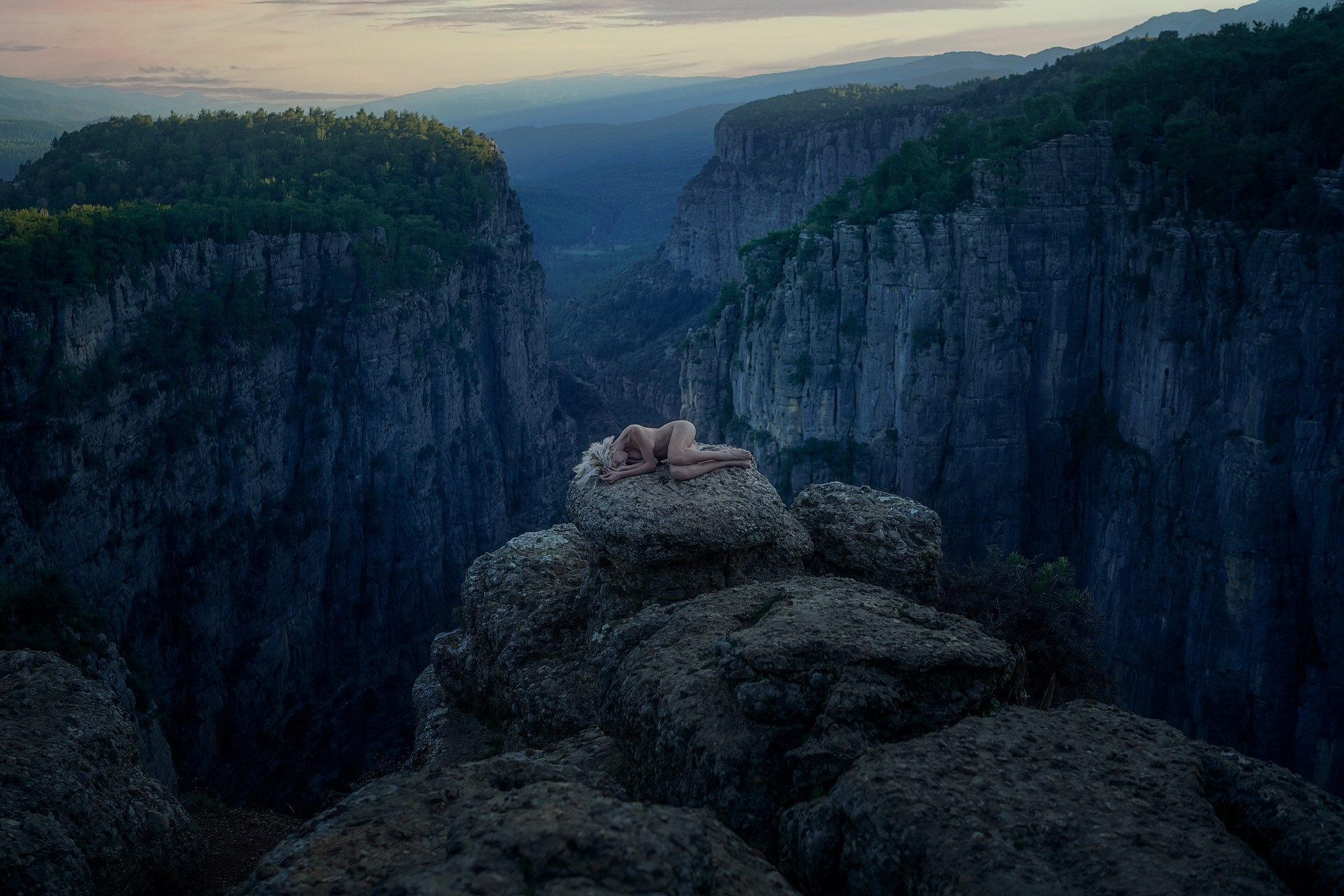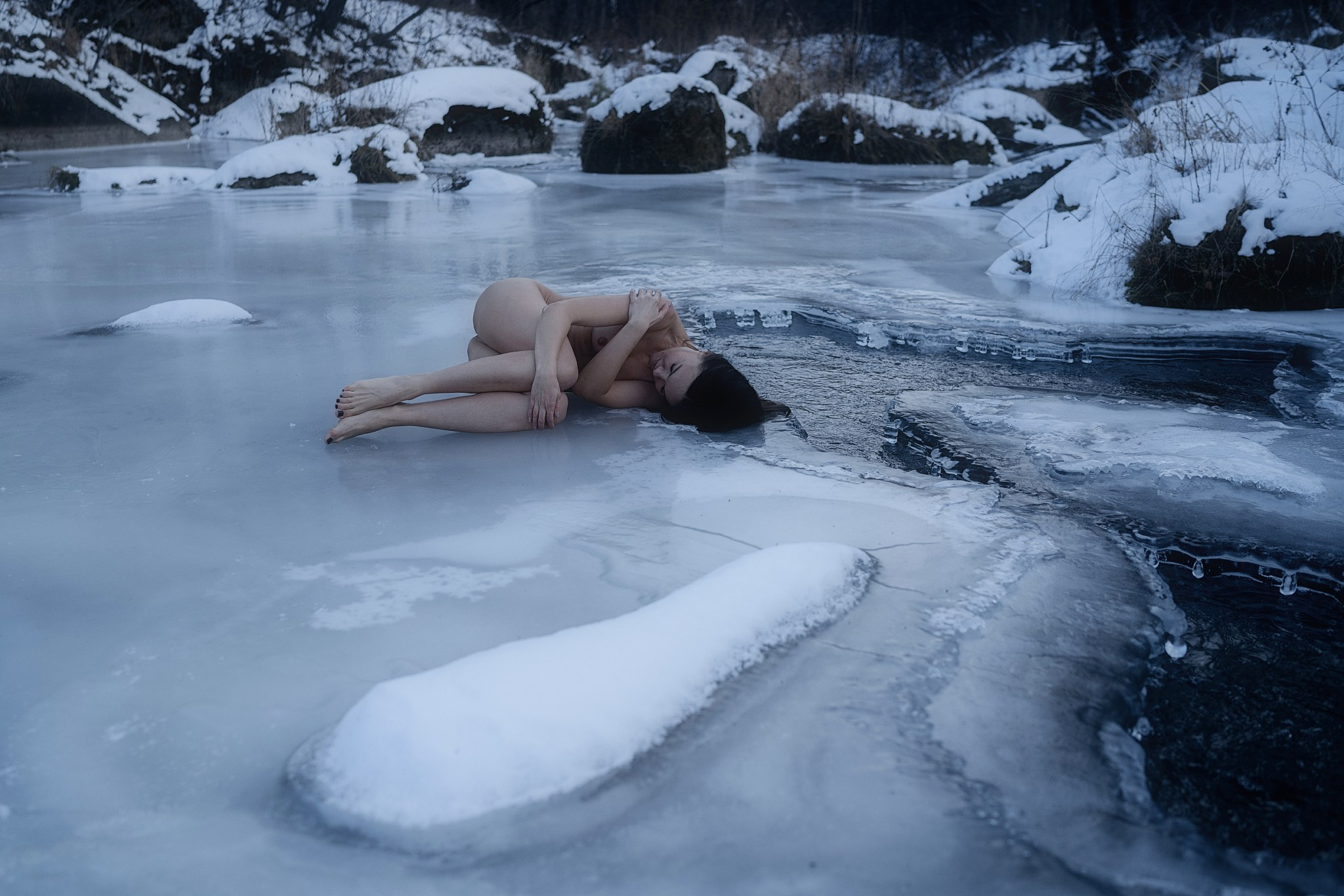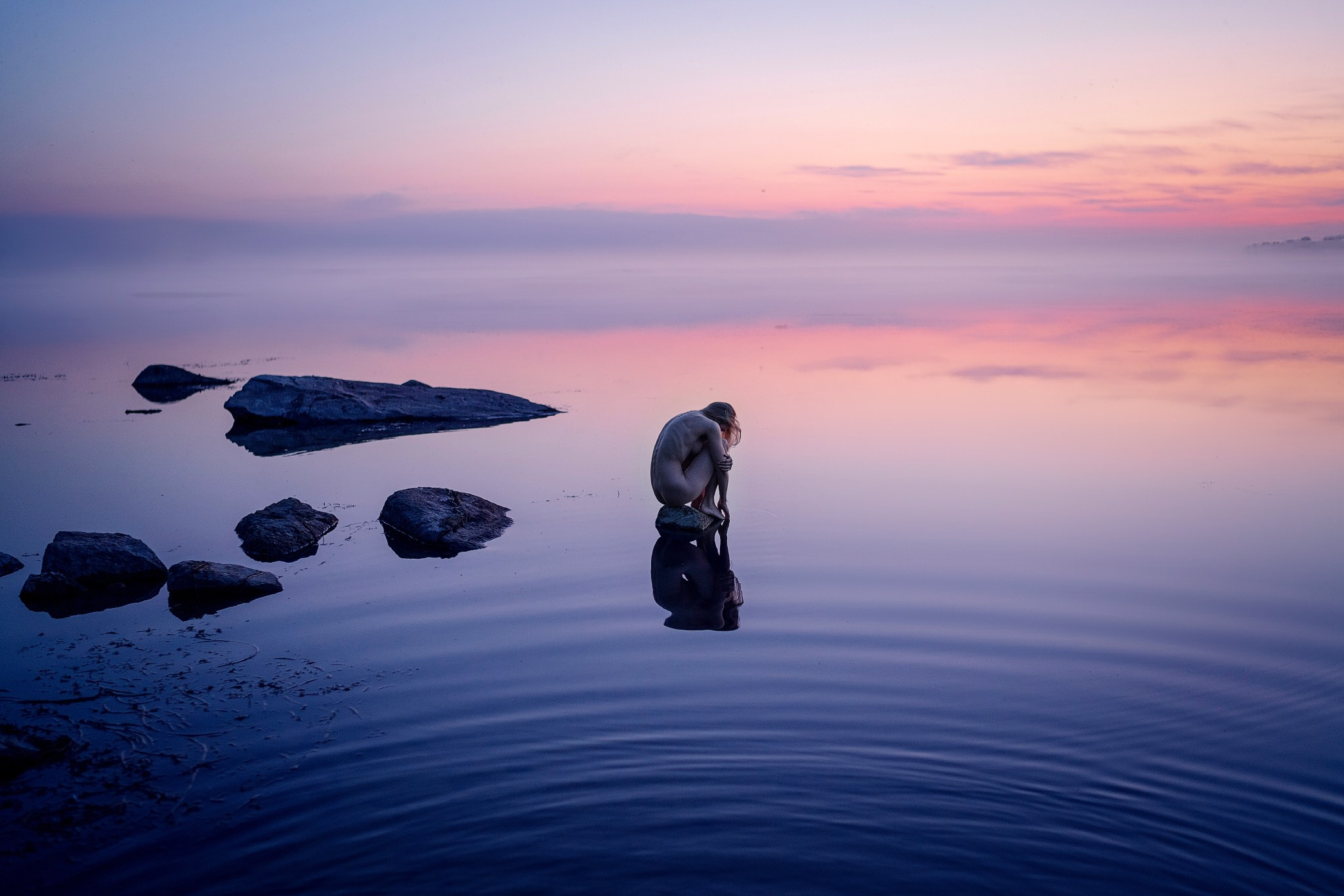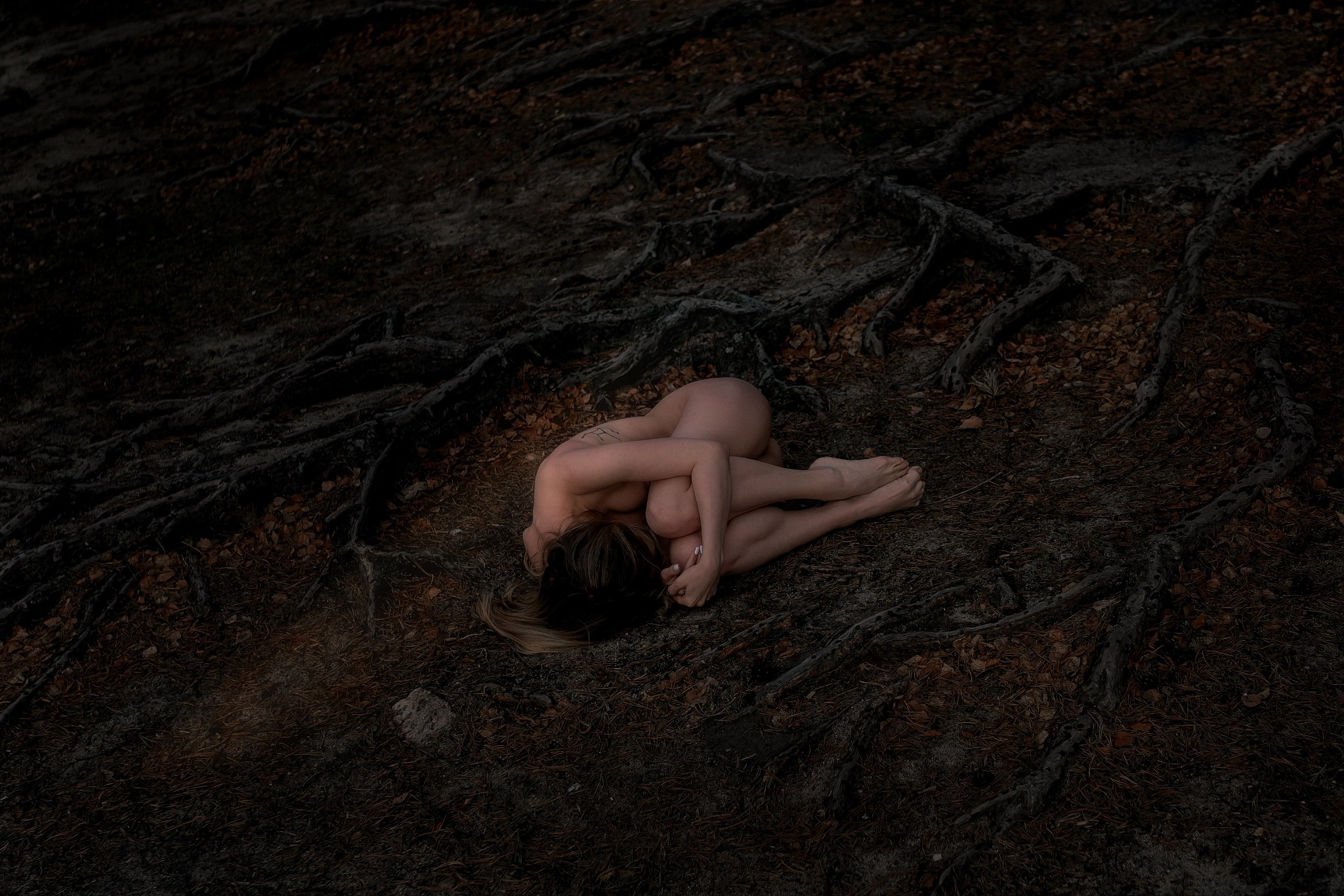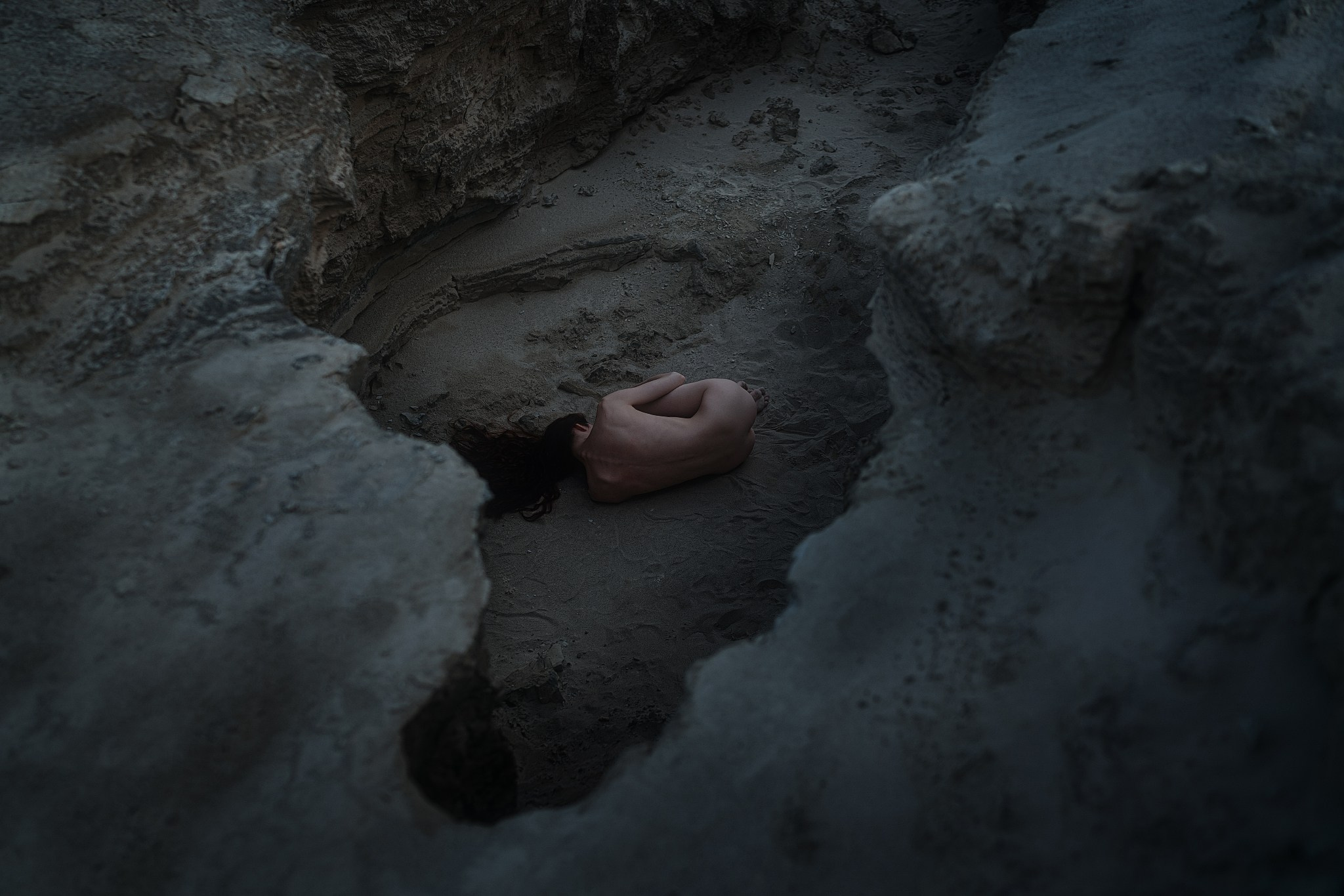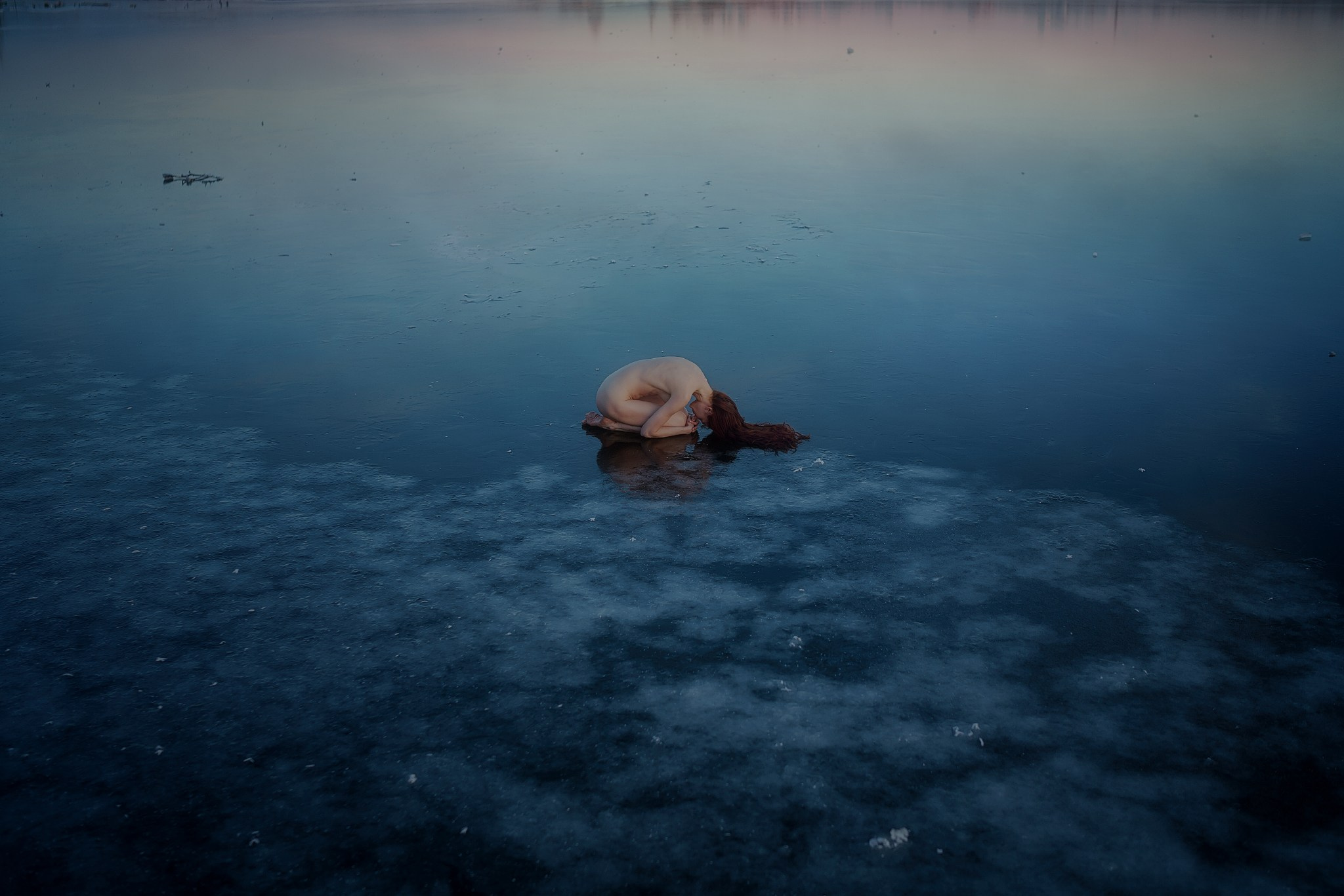“Destruction”
AS
In the project “Destruction” we see how girls interact with the environment that has been destroyed by man and its restoration is either impossible or will take a very long time.
Here we observe an attempt at dialogue on the part of man, but it is impossible, because instead of nature we observe a toxic environment destroyed by man.
It can only cause horror or despair, and not accept man in fusion and harmony. Are fashionable environmental agendas possible here?
The project very directly and accurately points out real environmental problems that are often hidden behind fashionable talk and glossy ideas about nature.
The project shows the state of nature in areas of environmental disasters, where man not only does not want to be, but it can also be dangerous for his life.
Naked girls find themselves in this environment, which emphasizes their defenselessness in the face of the toxic outside world. An attempt to return back to nature may be impossible if we continue to behave in the same way towards the planet we live on.
The project shows a dialogue between man and the outside world, where both objects experience horror from interacting with each other. Just as man destroys nature, so nature in response begins to destroy his body if he remains near an ecological catastrophe for a long time.
How is our further development or progress possible if our environment is in such a state?
Anna Shuvalova very directly and clearly shows where we are going today in our dialogue with nature and the problems that we need to solve.
The desire to document reality and man in it works very well with the technique of photography, which has the properties of documentary and the truth of a visual image.
Taking photographs helps to highlight the problem and show the destroyed environment.
“Alienation”
The “Alienation” project shows the very changes that occur with a person and the external environment. Here, nature is not toxic, but it does not talk to a person either.
These are artificially altered landscapes, where the girls themselves become either clones or strange repetitions of themselves.
This is an artificial environment that conducts a dialogue with artificial people in our GMO world.
People return to altered nature, but the people themselves are more like pictures of themselves, and not like living people. They enjoy the sun, sunbathe, lie in a strange landscape that is not particularly suitable for this.
They are suspiciously similar to each other: sometimes this similarity is absolute, and sometimes they are slightly different.
They have the same poses and it is not very clear what they are doing. In the project “Alienation” Anna Shuvalova photographs people in altered landscapes.
They are not toxic, and not destroyed, they just do not seem suitable for relaxation or pastime to us. However, new people, who themselves are as altered by technology as these landscapes, find such an environment quite suitable for existence.
There is no dialogue here and it seems to us that it is all a bit surreal.
Red sand, rocks on which you can sunbathe, but the new world and the new person may well be happy with such a world around them.
People who look like clones of themselves in flat images may well live in an unnatural landscape and perceive it as part of a new beautiful world.
“Return”
“The Return” project gives hope for a new round of dialogue.
Here the girls are presented in the form of an embryo: defenseless and tender, they return to nature, which accepts them, but does not envelop them, but remains majestic and cold. How will the dialogue between nature and man develop further?
The embryo pose is the pose that the human body takes when it tries to protect itself.
This is a natural pose for conserving energy, an attempt to hide, to preserve oneself in the outside world. The embryo pose is also a new beginning. In the project, the girls take the embryo pose when they interact with the natural environment.
It seems that this is a manifestation of tenderness and the unity of nature and man, but it is also defenselessness before the big world of nature: it is bigger than us, smarter than us, stronger than us. Returning to nature, a person inevitably accepts its rules of the game.
Is a new dialogue with the environment possible at a new stage of our relationship?
At the very least, we have hope to feel part of it again, but how successful will it be?

